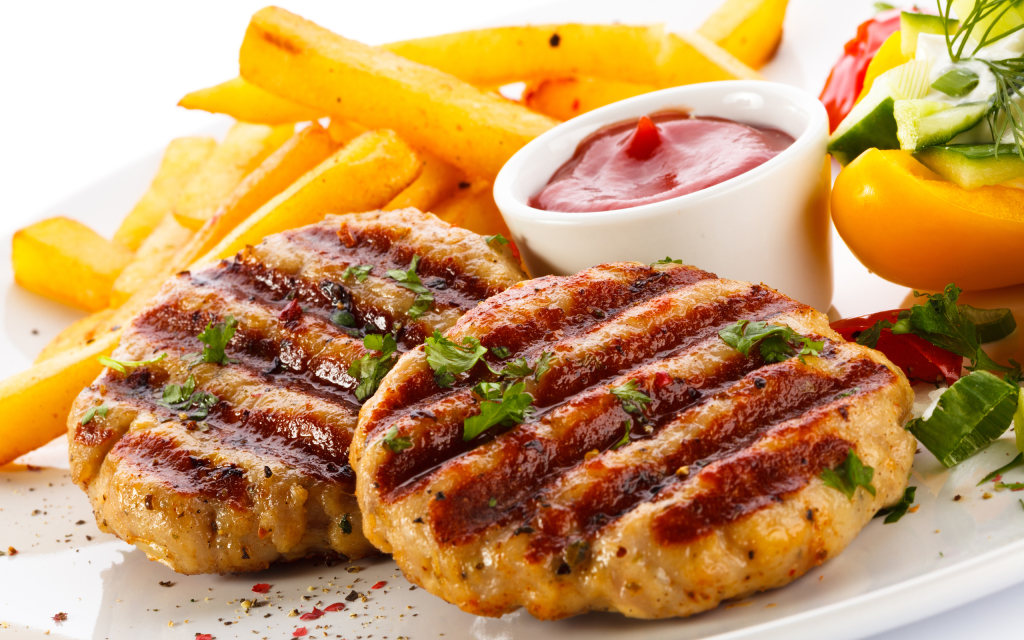If you like your taste buds to be tickled, then Chettinad cuisine is the food for you. A small village in the Sivaganga district of Tamil Nadu, Chettinad dishes are bold, aromatic, refreshing and spicy. The majority of locals in the area are merchants or traders who have travelled to South East Asian countries for spice trading. As a result of this travel, Chettiars have been influenced by the spices they buy and sell, and dishes are typically focused around kalpasi (black stone flower), marattimoku (dried flower pods), cinnamon, fennel, red chillies, star anise, black pepper and dried pepper.Chettinad cuisine is known for the complexity of flavours, and is also believed to be one of the spiciest cuisines in India.
Through their trading with their contacts in Burma, for example, they prepare a unique rice pudding made with sticky red rice. The dishes from the region are famous for being hot and pungent, made with freshly-ground masalas and finished with a boiled egg (considered by many to be a must-have part of any meal!). Due to the dry climate, they create a range of ‘sun dried’ meats and salted vegetables. The region is blessed with a long coastline, so a variety of fish, crab, lobsters and prawns adorn a Chettinad table.
Chettinars do not eat beef or pork, but the cuisine pleases both meat-eaters and vegetarians alike. One example of a very popular vegetarian dish is ‘Paniyaram’ – particularly eaten for breakfast. They are made by steaming batter – typically from rice and pulses – in a mould. The savoury version of this dish – pan-fried dumplings cooked in a paniyaramkarahi pan (usually containing seven holes) – is adored by households across Tamil Nadu, and includes sautéed onions and green chillies within the batter, making it very fiery. They are probably the most popular snack in the region for taking on long train journeys, as they keep well and don’t need to be stored in a refrigerator.
Then there is ‘seeyam’ – a fried semolina dumpling, also cooked in a paniyaram. This is considered to be a Diwali speciality. The inner stuffing contains chana dal, jaggery, cardamom powder and coconut, and the outer wrap is a delicious idly dosa batter.
A traditional steamed Chettinad delicacy is ‘idiyappam’ – rice flour pressed into noodle form and then steamed. The name derives from the Tamil words of ‘idi’, meaning ‘broken down’ and ‘appam’, meaning ‘pancake’. Usually served as the main course at breakfast or dinner, the dishes that accompany it are normally very spicy and are garnished with coconut gratings.
Do you have a sweet tooth? So do Chettiars. There are plenty of sweet treats to choose from – Athirasam and Kozhakattai are two of the most popular. Athirasam are sweet rice fritters, especially popular during festivals, and are made using rice flour and jaggery. Many say this is one of the most difficult sweets to make due to its paagu consistency. Kozhakattai are steamed rice dumplings stuffed with grated coconut and jaggery and are usually eaten for breakfast or as a snack with a steaming cup of chai. In Tamil Nadu, it is traditionally associated with the Hindu God, Ganesha.
The cuisine isn’t for the faint hearted, but if you like food that packs a punch, you’ll be sure to like the dishes of Chettinad.
